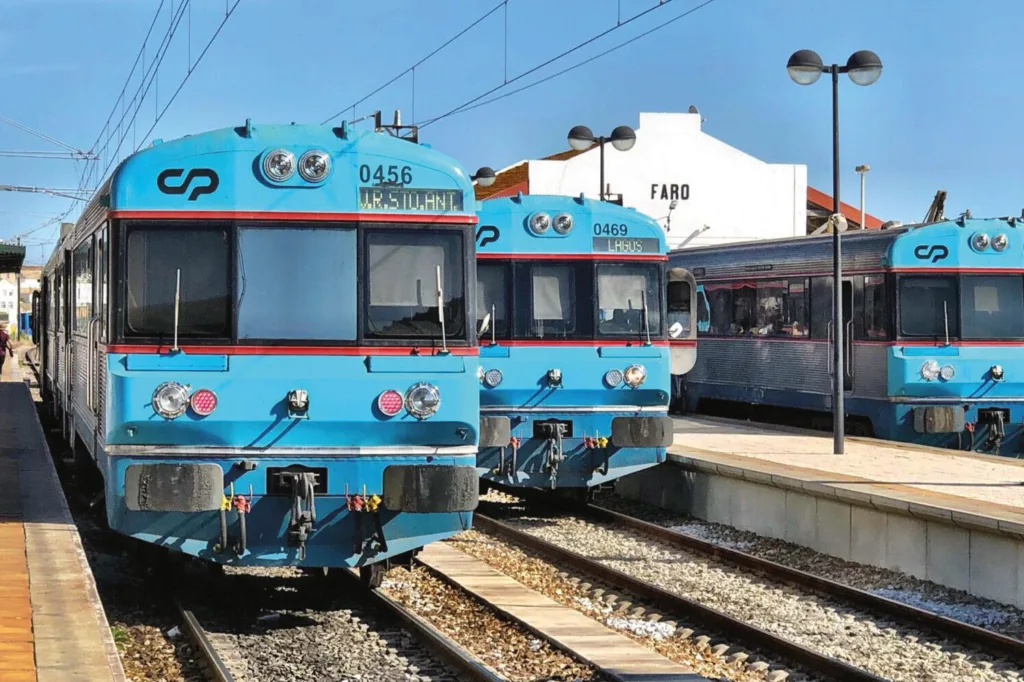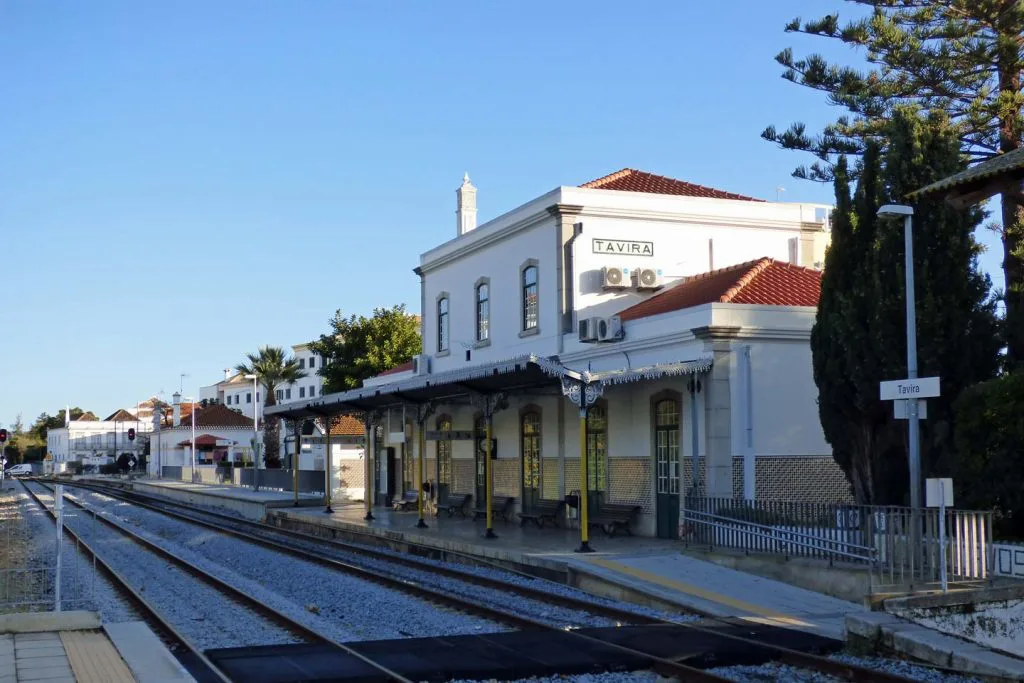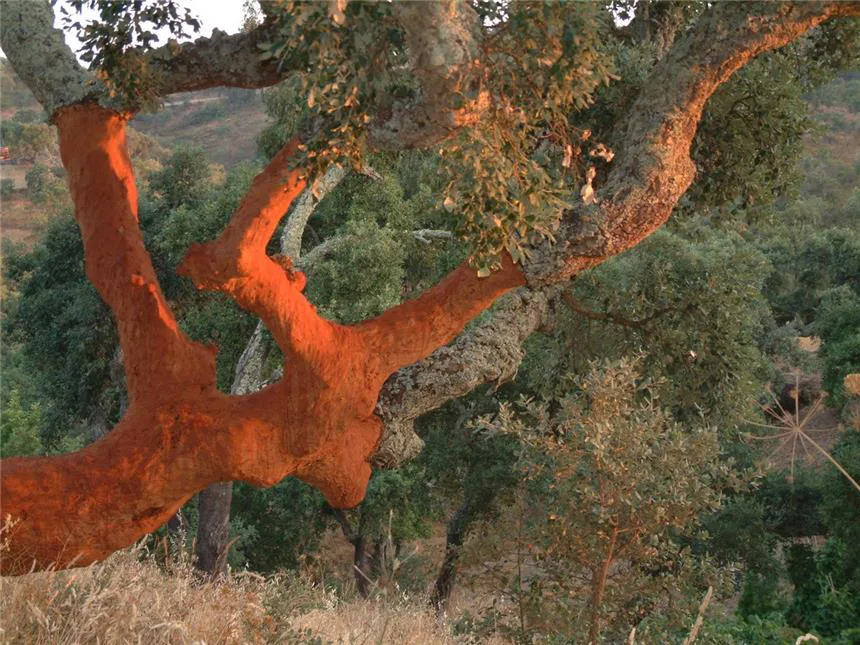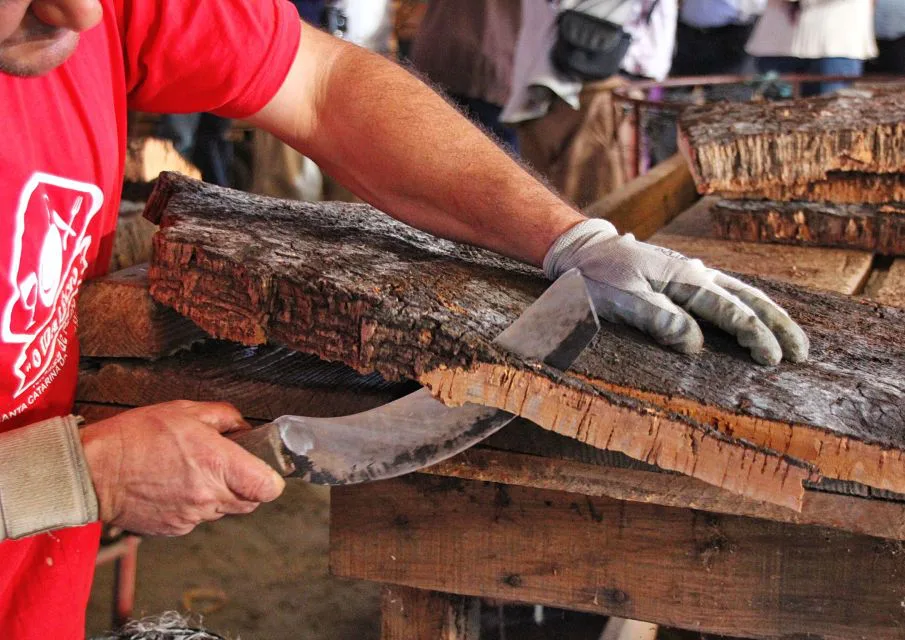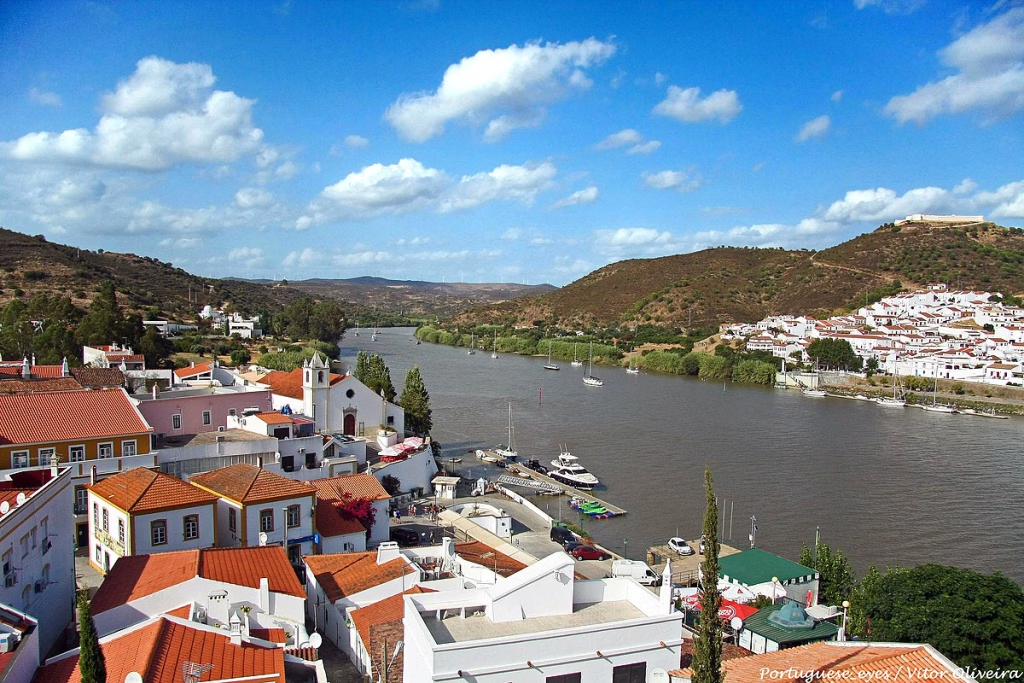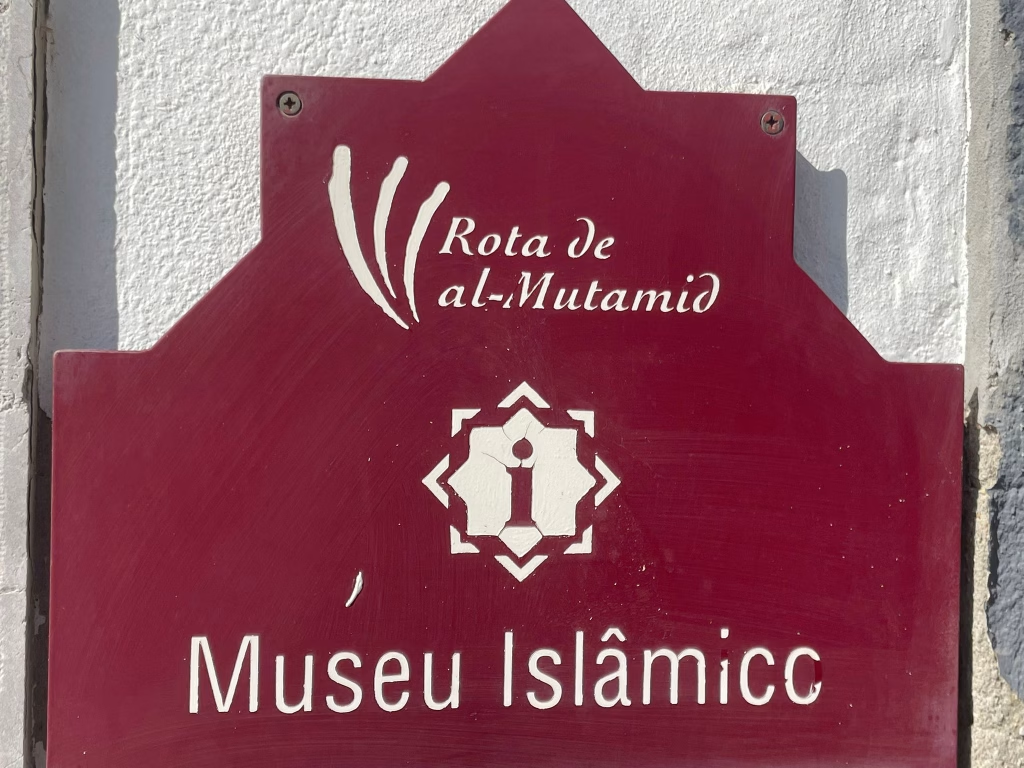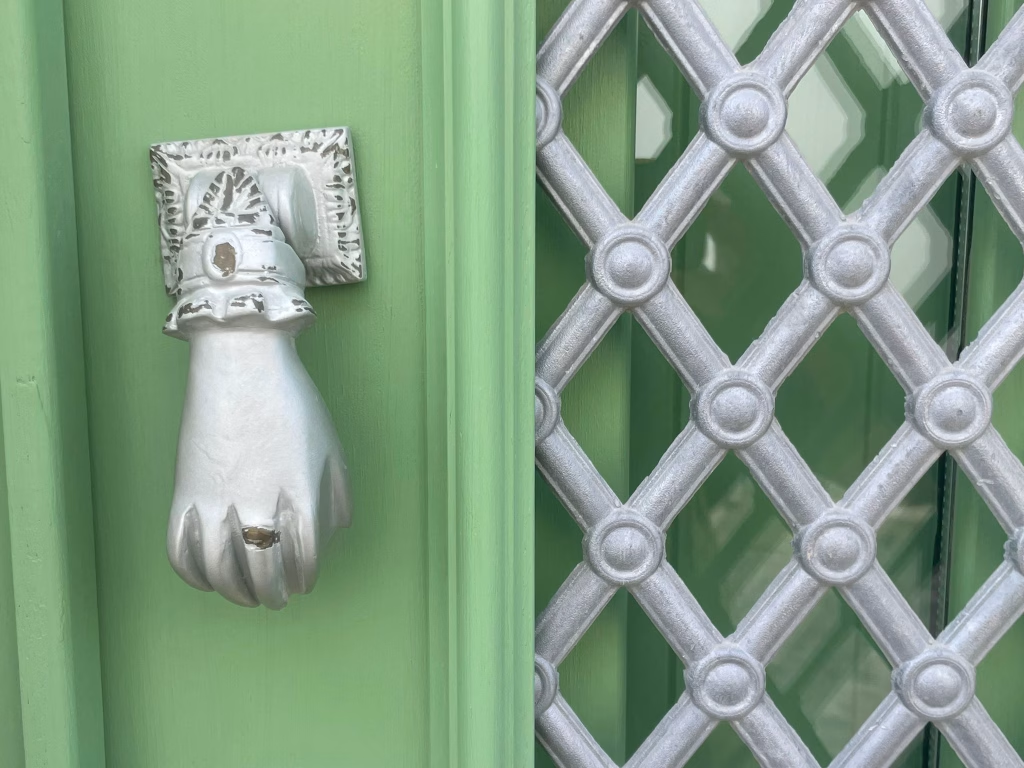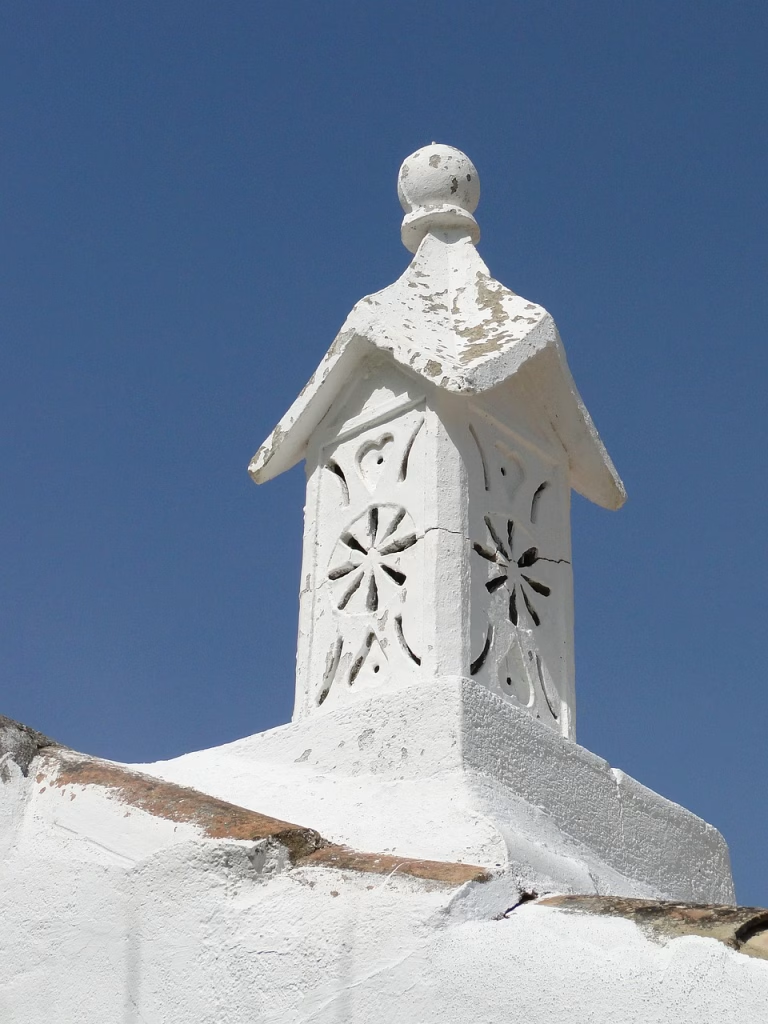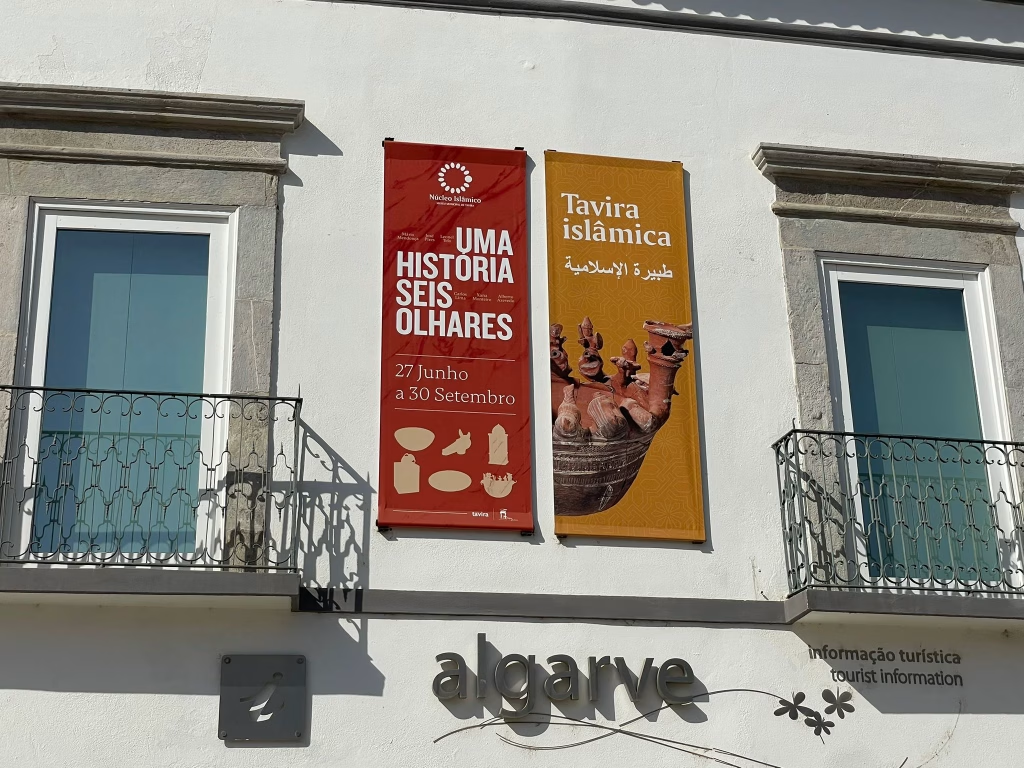There’s something quietly magical about riding the regional train through the Algarve. No traffic, no rush — just the rhythmic hum of the tracks and a slow parade of landscapes slipping past the window. From Tavira’s charming station at 400m from Taste Tavira AL, you can head either east toward Vila Real de Santo António , or west to Lagos . Both directions promise their own delights.
🌅 Eastbound to Vila Real de Santo António
The journey east takes around 25 minutes , with frequent daily departures. It’s a short but scenic ride through salt flats, citrus groves, and sleepy hamlets of the eastern Algarve.
Recommended stops along the way:
- Monte Gordo : A touristic beach town with golden sands, perfect for a seaside break just minutes from the station.
Once you arrive in Vila Real de Santo António , the streets open up in clean lines — a legacy of Enlightenment-era urban planning. Sit for a bica on the grand square, or stroll the riverfront promenade along the Guadiana River, just steps from Spain.
🌊 Westbound to Lagos
Heading west is a longer ride — nearly three hours , often with a transfer in Faro . But the trip is more than transport; it’s a slow dive into the changing rhythms of the Algarve.
Where to stop along the way:
- Fuseta : A charming fishing village known for its fresh seafood and calm beaches, easily reachable from the station.
- Olhão : Known for its lively fish market and traditional charm, this coastal town invites you to explore its tiled streets and sample fresh seafood.
- Faro : The Algarve’s capital with a beautiful old town, historic walls, and a vibrant café culture — a perfect stopover.
- Portimão : Famous for grilled sardines and riverside dining, it’s a great place to stretch your legs and enjoy local flavors.
Arriving in Lagos , you’ll be greeted by golden cliffs, cobbled lanes, and a laid-back surf-town vibe. It’s worth staying a night if you can.
🎟️ Travel Tips
- Tickets are affordable and can be bought at the station or online at cp.pt.
- Trains are comfortable , though simple — no reserved seating, but plenty of charm.
- Schedules vary slightly on weekends or holidays, so check ahead if you’re planning a longer day out.
Whether you’re seeking beach time, history, or just a slow way to see more of the Algarve, the train from Tavira offers a window onto the region’s quiet beauty — one stop at a time.
